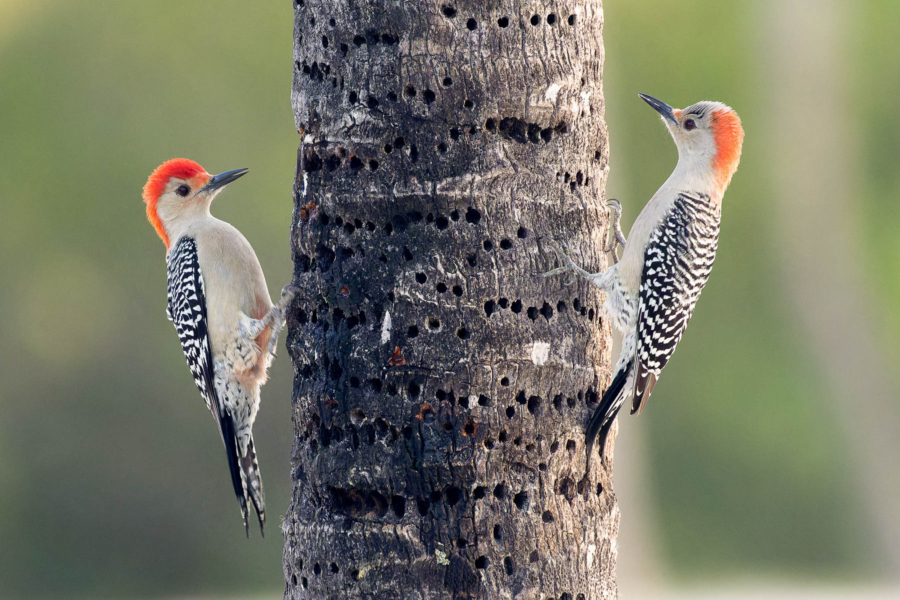A noisy forager is one to spot during all seasons in the Chesapeake region
The red-bellied woodpecker is highly adaptive to changing temperatures and environments, making it a constant in the Bay region

The red-bellied woodpecker is highly adaptive to changing temperatures and environments, making it a constant in the Bay region

Comments
There are no comments.
Thank you!
Your comment has been received. Before it can be published, the comment will be reviewed by our team to ensure it adheres with our rules of engagement.
Back to recent stories